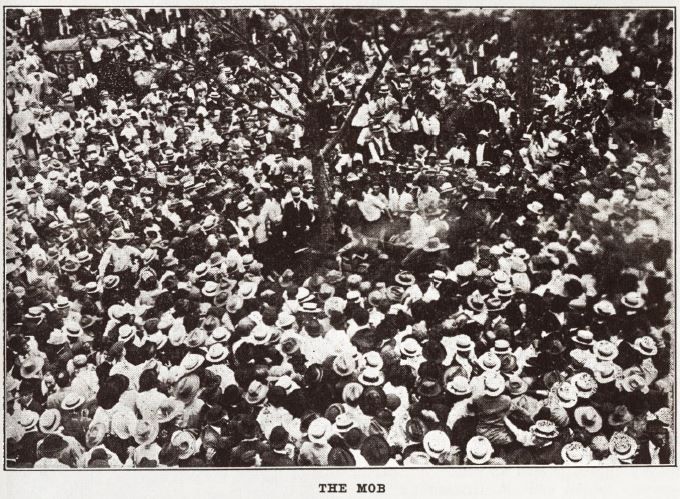Avant-garde Graphic Design in "BLAST"
Submitted by Hannah Covington on Wed, 10/08/2014 - 11:17Michael brings up some good points in his post below about the influence of promotion culture on the production and packaging of Blast magazine. The editorial design choices made (presumably by Lewis) in light of this push for promotional value caught my attention while I was reading both issues of Blast as well. The idea of text placement and font sizes as extensions of avant-garde artistic sensibilities make sense, especially in light of Vorticism's close ties with Imagism. The "Blast" section of the 1914 issue provides an ideal in-your-face display of the "diagonal text lines and striking layout and font choices" Morrison alludes to in his introduction.
Let's look at page 13 in particular, where Lewis blasts the French. The balance of the text placement is immaculate. Centered, capitalized, bolded phrases unify off-shooting branches of text placed on the right and left of the page. Considering this text (imagine making an outline of it as if it were an object) as its own image raises a number of artistic queries generally reserved for more traditional visual art or posters. Where is the page's focal point? How is this emphasis achieved? I would argue it falls somewhere around "OH BLAST FRANCE" (achieved by size dominance) and the "BLAST" situated about halfway down the page (achieved by its sense of isolation). The hierarchy of words in terms of their sheer size establishes an energetic and parallel relation between form (typography and font) and the relative importance of the corresponding content. Apparently, the French's "poodle temper" and "bad music" are secondary considerations compared to their "sensationalism" and "fussiness" (in larger text size).
Now I want to focus on the page's font choice. Notably, the font is sans-serif (like Helvetica), which is normally reserved in the printing world to headlines and sub-heads. For longer text lengths, graphic designers generally use serif fonts (with the footies on the bottom of the letters, like Times New Roman) because of their enhanced readability in smaller sizes. The use of sans-serif works to establish each piece of text as its own design element. Notice how the page designer has worked so fastidiously to balance the page by making each idea its own element and "blocking it off," so to speak. The words adjacent to "Parisian parochialism" and underneath "Blast" act as their own, independent square shape. It's basically artistic principles, with definite cubist influences, at work. Of particular interest is this design's obsession with clean, straight lines. The geometric nature of the text placement distances Blast's design from the organic shapes its editors so despise in more romantic or impressionistic art (and dedicate many pages to disparaging). The text is streamline, boxy, and inorganic, like a machine. Holistically, the page itself, in its energy and geometry, stands as a textual display of the Vorticist principles heralded throughout Blast.





